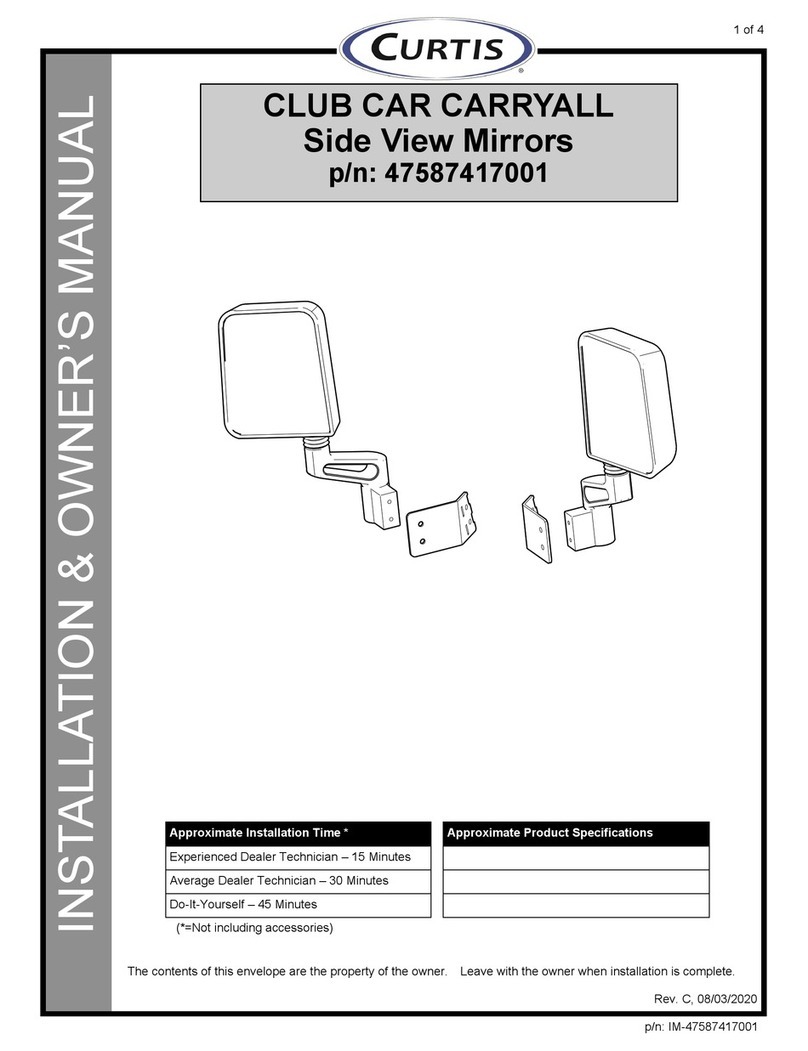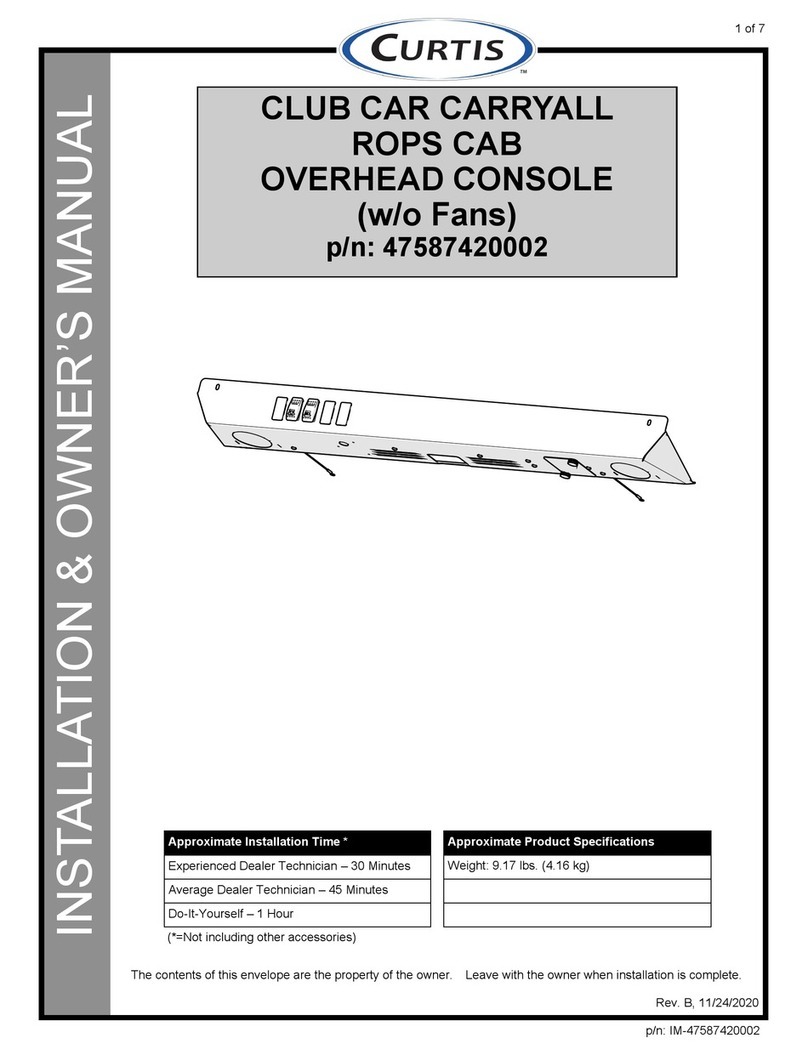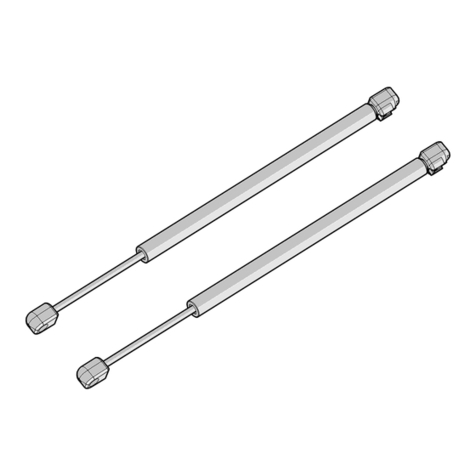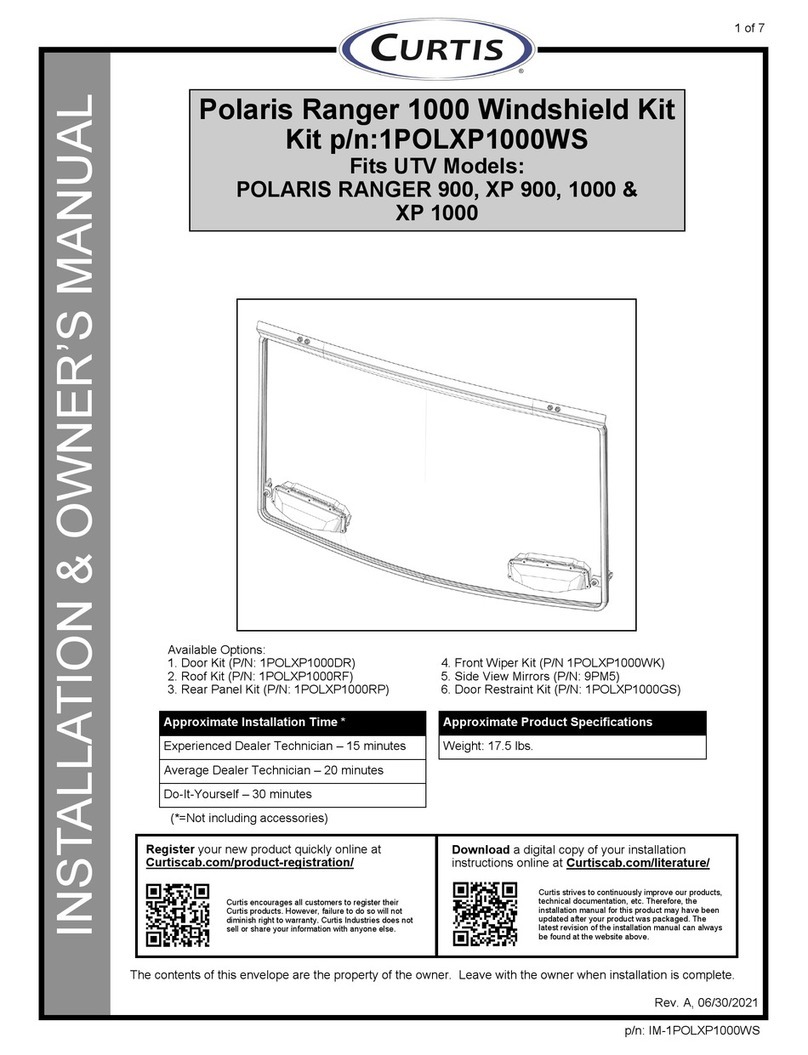Curtis 1YANSAPR Operating instructions
Other Curtis Automobile Accessories manuals
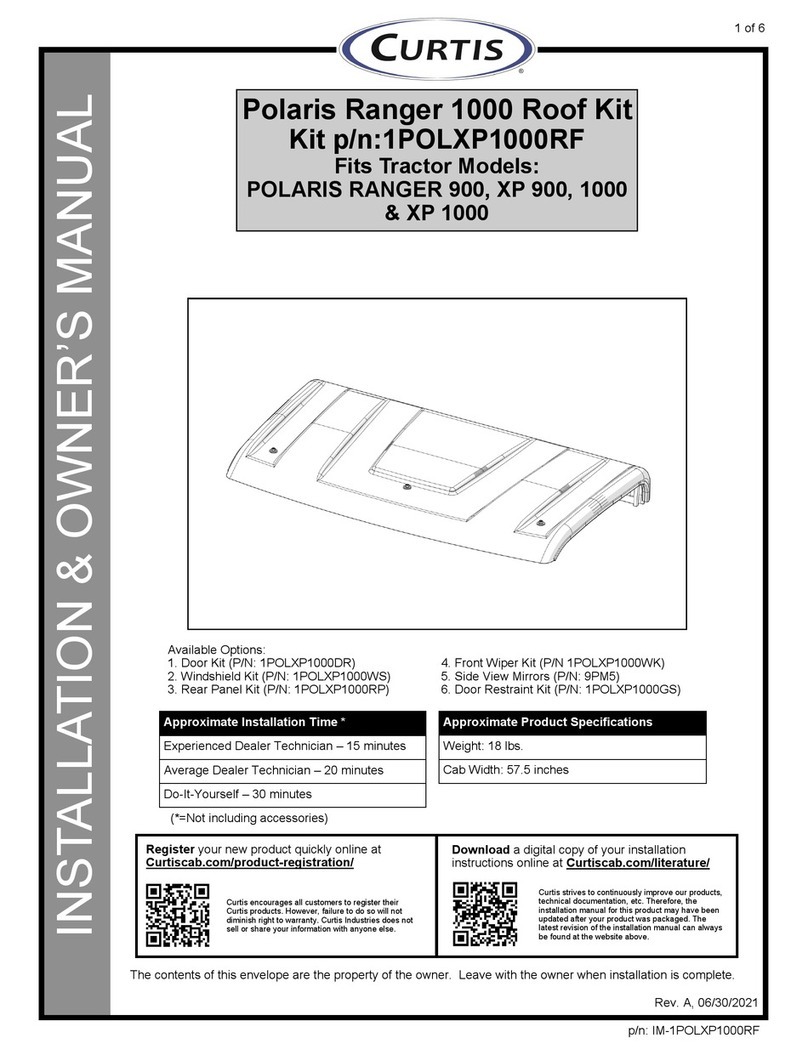
Curtis
Curtis Polaris Ranger 1000 Roof Kit Operating instructions
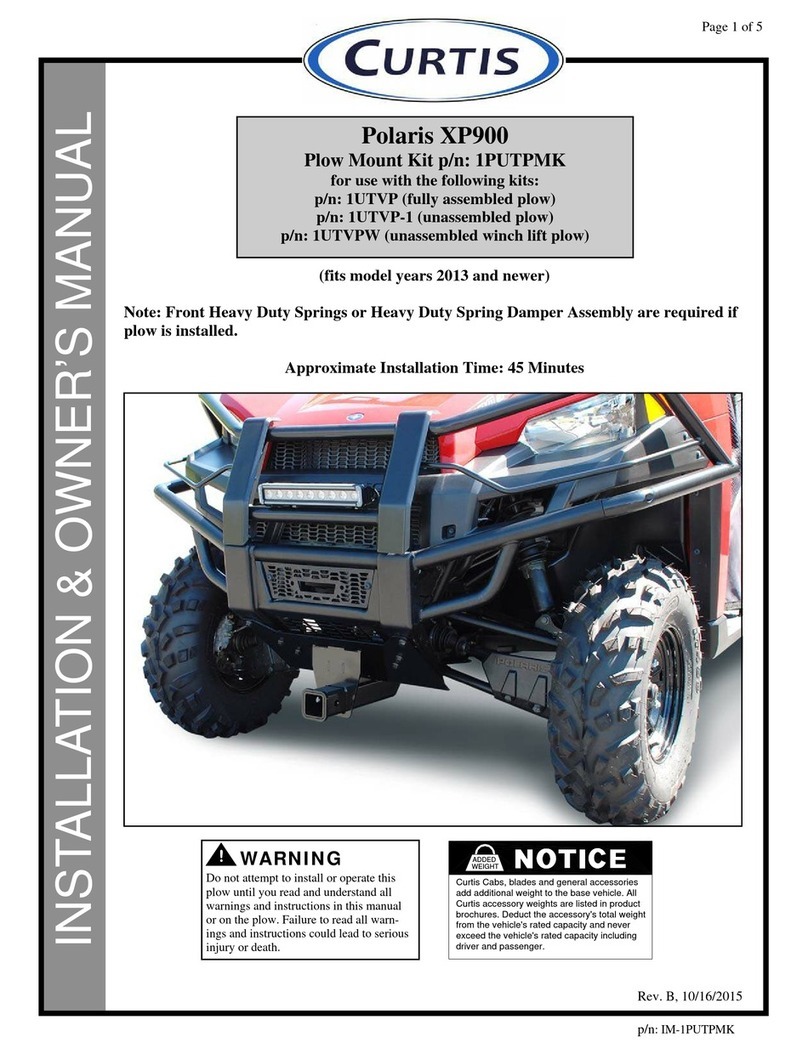
Curtis
Curtis Polaris XP900 Operating instructions
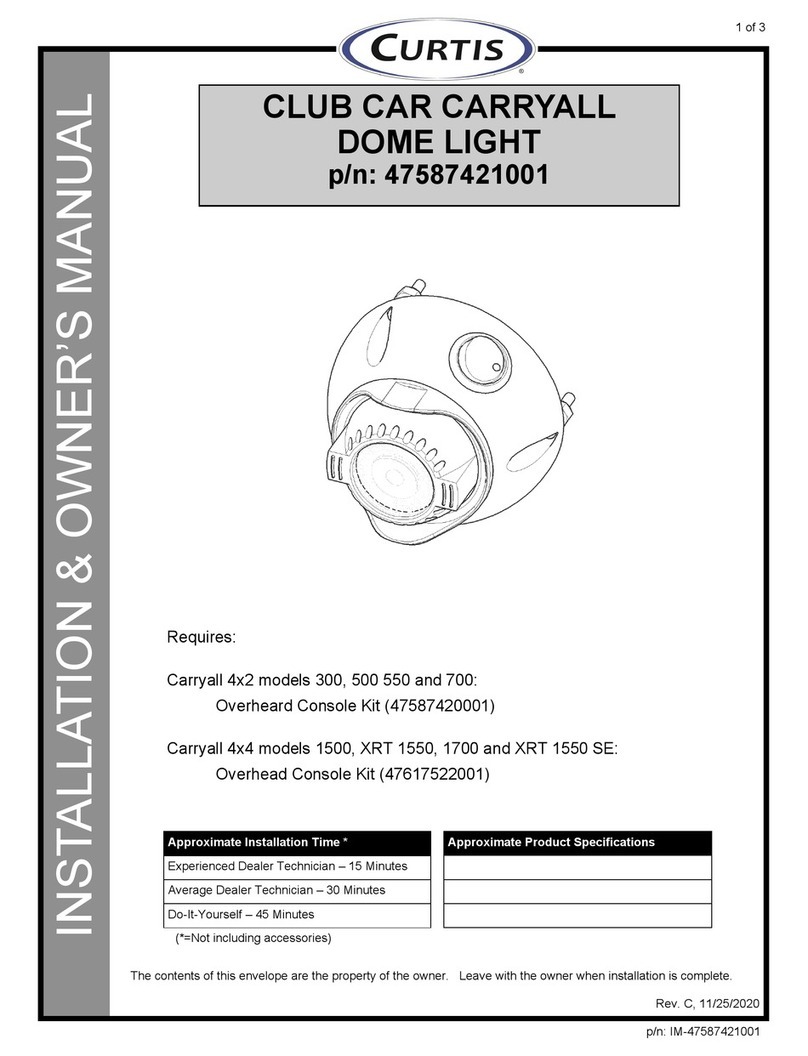
Curtis
Curtis 47587421001 Operating instructions

Curtis
Curtis 47587420001 Operating instructions
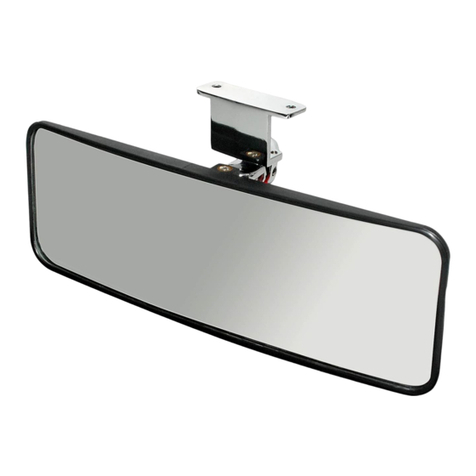
Curtis
Curtis 47587416001 Operating instructions

Curtis
Curtis XP 900 Operating instructions
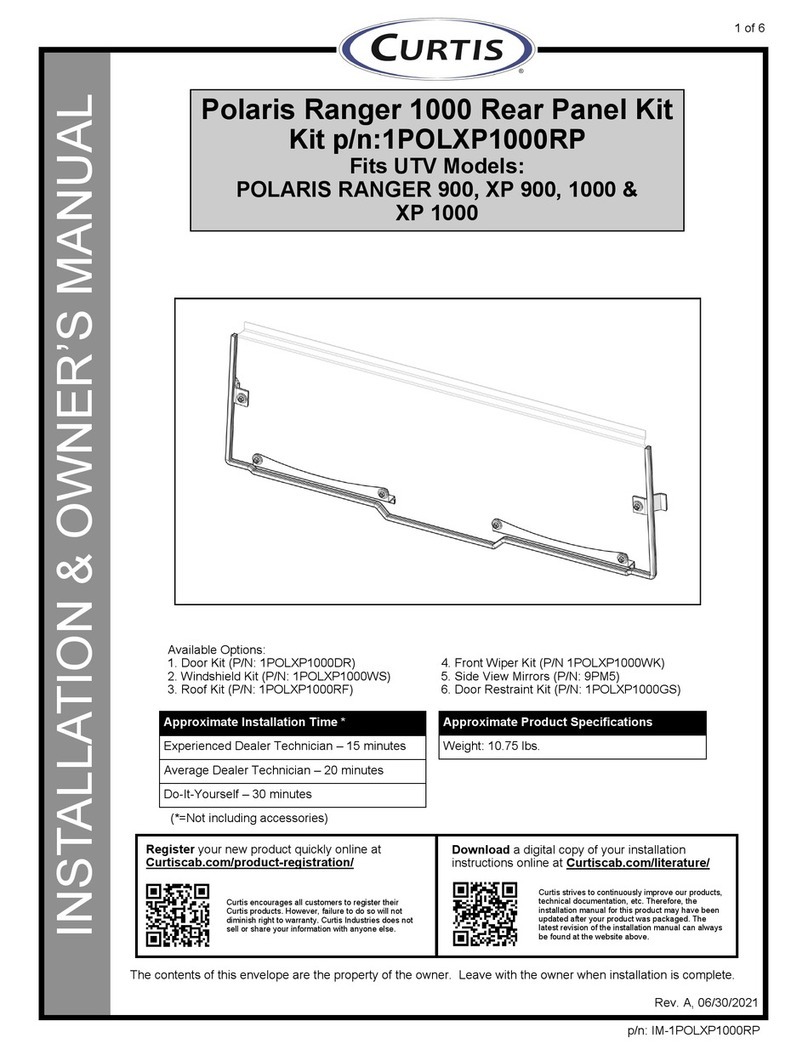
Curtis
Curtis 1POLXP1000RP Operating instructions
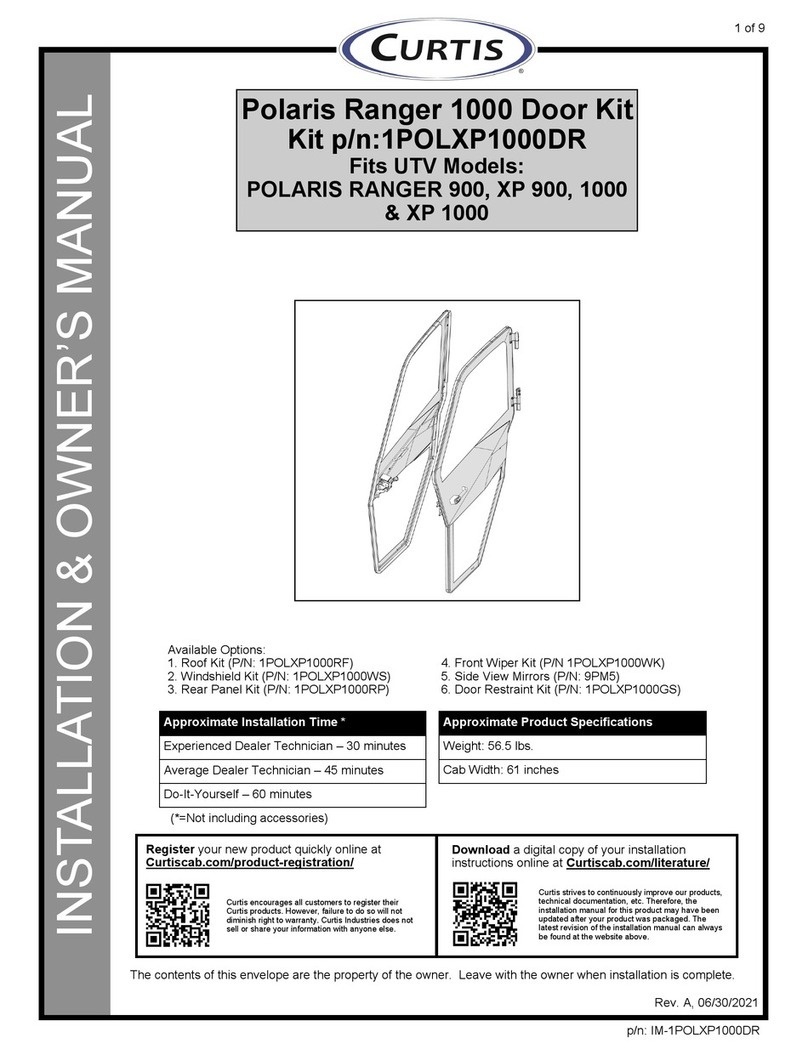
Curtis
Curtis 1POLXP1000DR Operating instructions

Curtis
Curtis 1POLXP1000DR Operating instructions
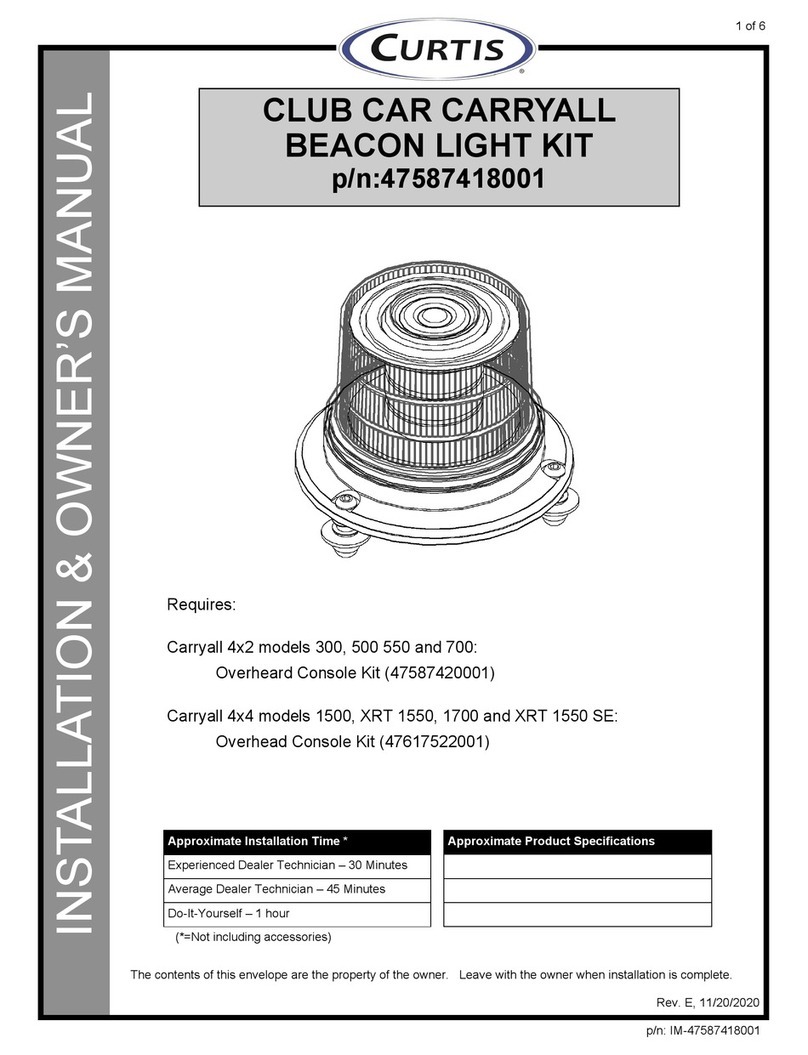
Curtis
Curtis 47587418001 Operating instructions
Popular Automobile Accessories manuals by other brands

ULTIMATE SPEED
ULTIMATE SPEED 279746 Assembly and Safety Advice

SSV Works
SSV Works DF-F65 manual

ULTIMATE SPEED
ULTIMATE SPEED CARBON Assembly and Safety Advice

Witter
Witter F174 Fitting instructions

WeatherTech
WeatherTech No-Drill installation instructions

TAUBENREUTHER
TAUBENREUTHER 1-336050 Installation instruction
